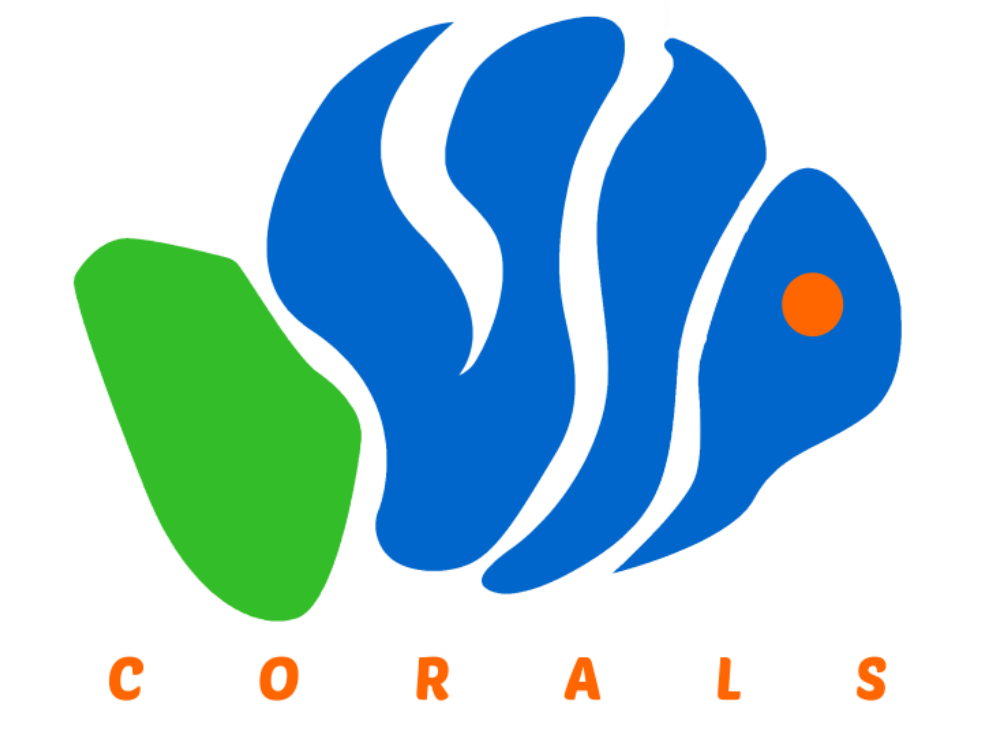Jayvee A. Saco, Luigi P. Villalobos, Kathrina Joy D. De Austria
Rationale
The Philippines has among the most diverse seaweed flora (~ 1000 spp.) in the western tropical Pacific yet we are only utilizing about 20 seaweed species. Of these, the Philippine seaweed industry is heavily reliant on three carrageenan-producing species (i.e., Eucheuma denticulatum, Kappaphycus alvarezii, and Kappaphycus striatus). To lessen our dependence on these species, we need to maximize our seaweed resources by tapping and developing those that hold great socio-economic potentials.
Among these underdeveloped and underutilized seaweed resources is the red seaweed Asparagopsis taxiformis. The species can be sold and consumed as food, possess high-value natural products such as phycobiliproteins, and produce bioactive compounds that can be used in the medical, pharmaceutical, and nutraceutical industries (Trono 1997, 2001). Extracts of A. taxiformis was also reported to have antimicrobial properties against pathogenic bacteria in cultured fish and shrimps (Genovese et al. 2012). Recent findings also suggest that as low as 0.20% Asparagopsis addition to feeds, decrease in methane release from cows can go as high as 98%; that, while promoting weight gain among those fed with it (Kinley et al. 2020). Consequently, this alleviates the contribution of livestock to greenhouse gas emissions. Thus, we propose to conduct this research for development work to: 1) fill our foundational knowledge gaps on the biology, physiology, and ecology of A. taxiformis; and, 2) facilitate the cultivation technology development for A. taxiformis to sustainably produce biomass for the above mentioned purposes.
Developing local stocks of A. taxiformis for mass cultivation presents several opportunities to open and/or participate as stakeholders in new (local to global) economies that are based on their biomass. The potentials of these seaweeds to reduce carbon footprints and improve production especially in commercial animal (cattle) farms continue to spark interest in successfully cultivating the species enmasse. Mass cultivation is primarily directed at using the species as a source of bioactives to reduce greenhouse gases. Although, farming of these seaweeds in itself is already beneficial as they can serve as carbon sinks, thus contributing to reducing carbon footprint and even combating ocean acidification even at the biomass production stage. With current limited production through wild-harvesting, dried A. taxiformis are valued at ~ $100–$146/kg (~PhP4,800–PhP7,100/kg) (Meat and Livestock Australia 2015; Smith 2020). This dependence on wild harvests is unsustainable as it may deplete local stocks while the price is impractical for use in commercial livestock farms. Considering the local to global environmental and socio-economic values of scaling up the production of A. taxiformis, it is, therefore, necessary to invest in generating foundational knowledge to develop mass cultivation technology for the species towards building and sustaining a blue circular economy.
Objectives
To provide foundational information on the biology, ecology, and physiology of the underutilized and underdeveloped yet economically important red seaweed Asparagopsis taxiformis to support the development of its cultivation technology for large-scale biomass production.
Specific Objectives
- To assess the genetic diversity and population connectivity of Asparagopsis taxiformis in Pangasinan and Batangas, northwestern Philippines;
- To examine the seasonality of growth and reproductive periodicity of A. taxiformis in the study areas;
- To describe the early developmental stages of A. taxiformis from spores; and,
- To elucidate the physiological responses of A. taxiformis to variations in irradiance level, day-length, and temperature.
Accomplishments
- Preliminary fieldwork in Pagkilatan, Batangas City was done last July 15, 2021.
- Determination of photosynthetic performance of seaweed using PAM fluorometry and photosynthetic-irradiance curve analysis was conducted last July 16-17, 2021. Tricleocarpa fragilis was used to serve as a substitute to Asparagopsis taxiformis for the meantime.
- The fieldwork of the BEAT project took place last November 23-27, 2021 to look for site/s in the municipalities of Batangas where Asparagopsis taxiformis can be found and obtained. Photo documentation of seaweed samples collected were conducted along with the pressing of seaweeds for herbarium collection.
